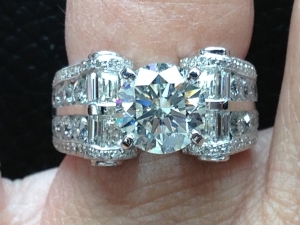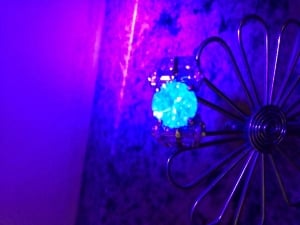I never considered a stone with fluorescence - until my dh lost my ring a little over 2 years ago - I went into one of the stores my homeowner's insurance "recommended" - one of the higher end stores in my area. The rep said he had a stone I just had to see - it was a K with strong blue fluorescence. We looked at it and knew almost immediately it was the one! It has the steely white look, like the DF's.
I paid quite a bit less for it than I would have for one with no Fl. 2.09 GIA XXX SI2, K.
I love the fluorescence! Have my own black light - we've checked out ALL our jewelry It's awesome when I'm in the tanning bed!
It's awesome when I'm in the tanning bed!


I paid quite a bit less for it than I would have for one with no Fl. 2.09 GIA XXX SI2, K.
I love the fluorescence! Have my own black light - we've checked out ALL our jewelry





300x240.png)